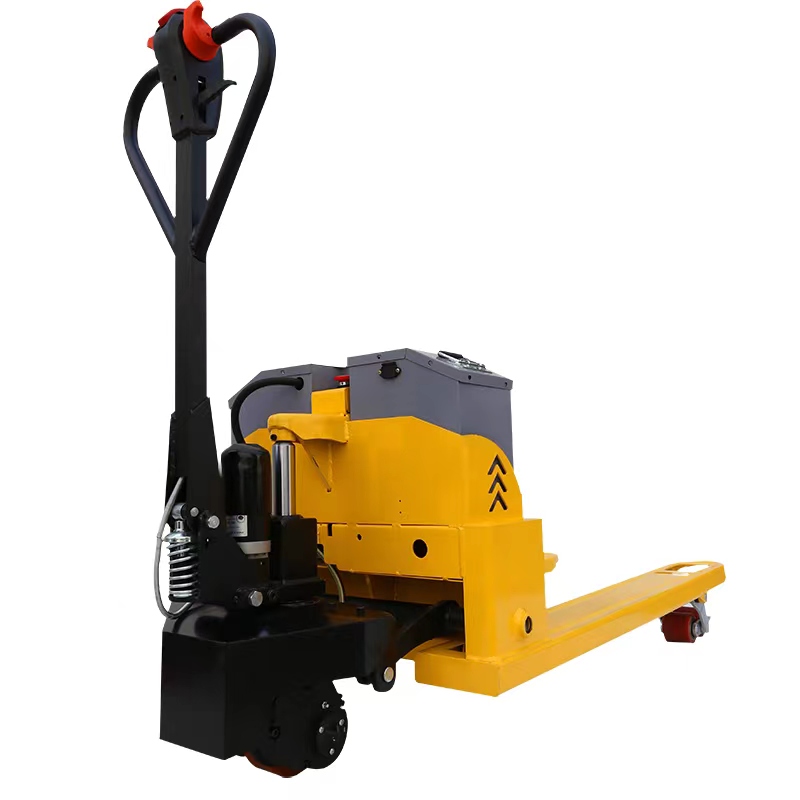


Safety Equipment for Working at Heights
Working at heights presents one of the most significant risks in occupational safety. Whether it’s construction, maintenance, or any activity that requires working above ground level, the potential for falls poses a serious threat. Therefore, having the appropriate safety equipment is crucial the prevention of accidents and ensuring the well-being of workers.
Understanding the Risks
Before diving into the types of safety equipment needed, it's essential to comprehend the range of risks involved. Falls from heights can result in severe injuries, including broken bones, head trauma, and even fatalities. According to safety statistics, falls are one of the leading causes of workplace injuries. This reality underscores the importance of not only having safety equipment but also training workers in its effective use.
Personal Protective Equipment (PPE)
The cornerstone of working safely at heights is Personal Protective Equipment (PPE). This includes a variety of gear designed to protect workers. Among the most critical components are
1. Harnesses A full-body harness is essential for workers who are elevated. It distributes the force of a fall across a person's body and is typically equipped with D-rings for easy attachment to safety lines.
2. Lifelines and Lanyards These are attachment systems that connect workers to a secure anchor point. Lanyards often come with shock absorbers that reduce the impact force in the event of a fall.
3. Helmets Safety helmets are vital for protecting the head from falling objects or impacts. It's important that these helmets are ANSI/OSHA-approved to ensure maximum protection.
4. Footwear Non-slip, sturdy footwear is essential to prevent slips and falls. Shoes should also provide adequate ankle support and must be durable enough to withstand various conditions.
5. Visibility Gear High-visibility clothing aids in making workers more noticeable, particularly in busy work environments. This is especially important for construction sites where machinery is in operation.

Fall Protection Systems
In addition to personal gear, fall protection systems are an indispensable part of a safety program. These systems are designed to prevent workers from falling or to safely arrest falls if they occur. Some key elements include
1. Guardrails Installing guardrails around elevated work areas is a proactive approach to prevent falls. They should be robust and meet regulatory height standards to offer maximum safety.
2. Safety Nets For areas where guardrails are not feasible, safety nets can catch workers in case of a fall. These nets should be installed at the appropriate distances below the work area to minimize fall heights.
3. Temporary platforms or scaffolding Properly designed and assembled scaffolding offers a stable working surface at heights. Safety checks for scaffolding integrity are essential to prevent collapses.
Training and Regulations
Having the best safety equipment is just one part of the equation; equally significant is proper training. Workers must be educated on how to use safety gear correctly and effectively. Regular training sessions can reinforce safety practices, ensuring that workers are prepared for emergencies.
Moreover, regulations and standards set by organizations like OSHA (Occupational Safety and Health Administration) must be adhered to. These regulations dictate the necessary equipment and procedures to create a safe working environment at heights.
Conclusion
In conclusion, working at heights necessitates a comprehensive approach to safety that includes high-quality equipment and thorough training. The risks involved cannot be ignored; however, by utilizing the right safety gear and following established safety protocols, the likelihood of accidents can be significantly reduced. Prioritizing safety not only protects workers but also contributes to the overall efficiency and productivity of the workplace. Investing in safety equipment and ensuring ongoing safety education is essential for any organization that requires work at heights.



